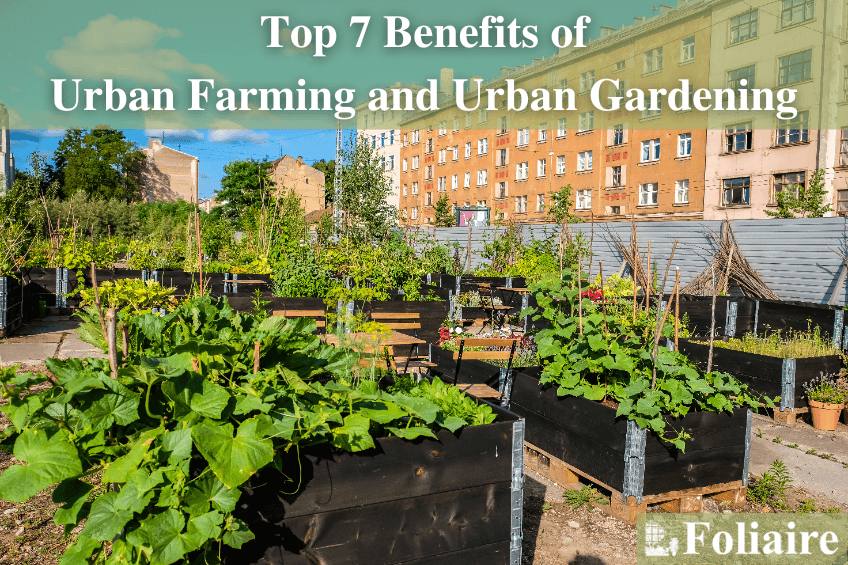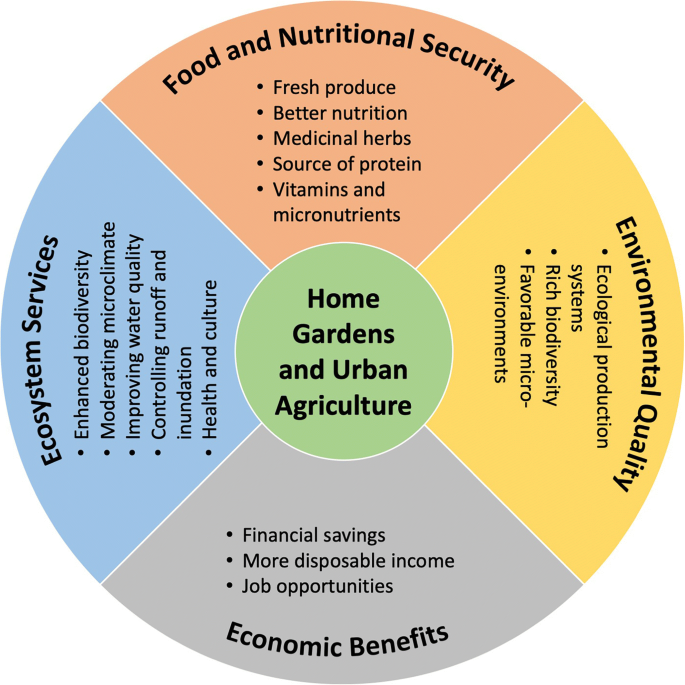Getting The City Blooming To Work
Table of Contents7 Simple Techniques For City BloomingNot known Factual Statements About City Blooming Some Known Details About City Blooming The Facts About City Blooming UncoveredNot known Incorrect Statements About City Blooming
Urban gardens frequently gain from warmer microclimates, permitting the cultivation of much less hardy plants such as hands and bamboo. https://www.magcloud.com/user/cityblooming commonly located in warmer regions. And as we have actually said, do not simply go with small plants; small metropolitan gardens can take care of large plants and trees and selecting these over small fussy shrubs will make the room feel bigger and extra interestingUtilize large containers they do not dry as promptly as smaller pots, so they are less function to keep water. Select hardscaping elements for a city garden The organized lines, asymmetrical plan, and usage of contrasting products in this London-based Victorian balcony's yard design produce a smooth connection with the style, making it appear as a natural extension of the general visual.
Plant up and down Cover the wall surfaces in plant, whether that be stunning climbers that billow messily over your fence or something a lot more had and modern like a living wall. Take advantage of a light well garden Whitewashed walls and pale flooring ceramic tiles transform it from a dark and drab room right into a location you would certainly intend to hang out on a Sunday early morning with a mug of coffee.
How City Blooming can Save You Time, Stress, and Money.
IoT-based cutting-edge gardening systems make it possible for remote tracking and automation of gardening processes. Urban farming applications and on the internet sources supply important details, suggestions, and community assistance for urban gardeners.
The web page also consists of links to various other sites and sources associated with city farming in London. Urban Farming is a site that promotes city agriculture. They have a goal to end appetite in our generation by planting gardens on extra land in cities. They offer a range of resources to aid people obtain associated with metropolitan farming, including academic products, horticulture ideas, and an area online forum.

Facts About City Blooming Uncovered
Urban Growth is a community-led firm that deals with both areas and designers to produce a healthier city. They are committed to sustainability, empowerment, and pleasure, and they believe that everyone has the power to make a distinction. Urban gardening is an effective motion that brings nature back into the concrete forest.
Katy started at Gardening Express with limited understanding of gardening, yet under the mentorship of Chris Bonnett and the other horticulture professionals in the firm, she now has more than two years of experience in the cultivation market. Katy has composed over 300 short articles on subjects such as plant care, yard styles, yard design, and maintenance.
Katy's goal is to help newbies and seasoned garden enthusiasts alike create and appreciate their own inviting exterior spaces easily.
Area gardens are semi-public areas shared by an area of neighbors and various other people where they collectively get involved in growing fruits, vegetables, or flowers, sharing labor and harvest. It's fantastic to obtain associated with these sustainable jobs as they're just as useful for you, the area, and the environment. Neighborhood yards are located in neighborhoods, however can additionally be created in schools, property lands, or institutions, such as health centers.
The Buzz on City Blooming
Several of the environmental advantages of neighborhood yards include: Repair of vacant land and ecological communities by repurposing themProduction and updating of water seepage and other environment servicesPromotion of biodiversity by planting native plantsEducating the community concerning horticulture, city farming, and their benefitsReduction of food transport reducing air pollutionPromotion of sustainable farming practicesFostering social inclusionThe over environmental advantages show the overall importance of community yards and their payment to offering habitat for microorganisms and food to the citizens, eliminating food instability.
Neighborhood gardens contribute to achieving these goals as they are obtainable to all no matter course, age, gender, education and learning, line of work, etc, and play a big role in elevating understanding and understanding about gardening and city agriculture amongst the residents. Community yards highlight a requirement for city dwellers to go back to nature.

Having expanded vegetables and fruits will strongly urge you to eat even more of them, which is not negligible for your way of life and wellness. Plus, it removes food insecurity in neighborhoods which is a worthy goal. Functioning in a shared garden permits a return to real worths (home and garden) - https://www.reddit.com/user/cityblooming/. The evolution of the consumer culture, the absence of time, and many other variables lead us even more and more towards buying items in shops.
More About City Blooming
Several of the environmental advantages of community gardens include: Remediation of vacant land and ecological communities by repurposing themProduction and updating of water infiltration and various other ecological community servicesPromotion of biodiversity by planting native plantsEducating the neighborhood about horticulture, metropolitan agriculture, and their benefitsReduction of food transportation minimizing air pollutionPromotion of sustainable farming practicesFostering social inclusionThe above ecological benefits reveal the general importance of neighborhood gardens and their payment to offering environment for organisms and food to the citizens, getting rid of food instability.
Neighborhood yards contribute to attaining these goals as they come to all despite class, age, gender, education and learning, profession, and so on, and play a substantial role in increasing awareness and understanding concerning gardening and city agriculture among the people. Community gardens highlight a demand for city dwellers to go back to nature.
A way to get closer to nature by adhering to ecologist valuesSpaces of social variety where conviviality and exchanges aboundPlaces that promote the combination of deprived groups or individuals with disabilities into the social fabricA method to boost your living environment (for people staying in apartments and having little eco-friendly room at their disposal)An area of neighborhood amusement, to hold cultural events and outside partiesThe possibility to expand vegetables, fruits, and herbs at low costAn chance to relocate and work out in the fresh air by committing a couple of hours a week to gardening and maintaining your garden plotThe chance to share and exchange with various other individuals products from the harvestOpportunities to increase understanding and enlighten individuals concerning environmental respect through methods such as composting, organic horticulture, rainwater harvesting, and so on.
Plus, it eliminates food insecurity in neighborhoods which is a noble goal. Working in a shared yard allows a return to real worths.